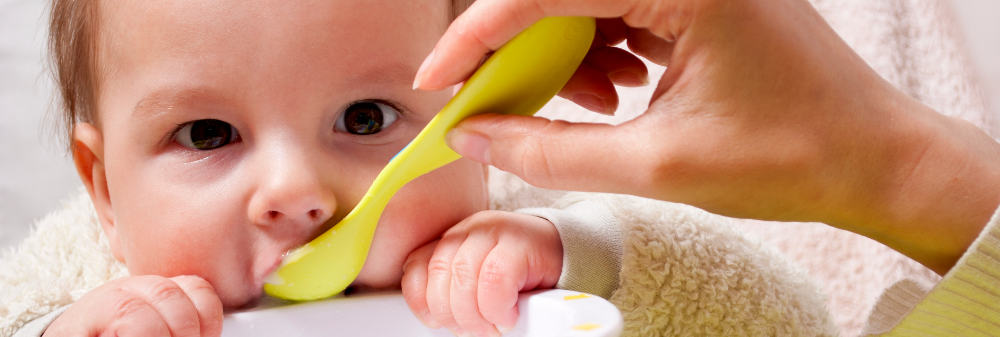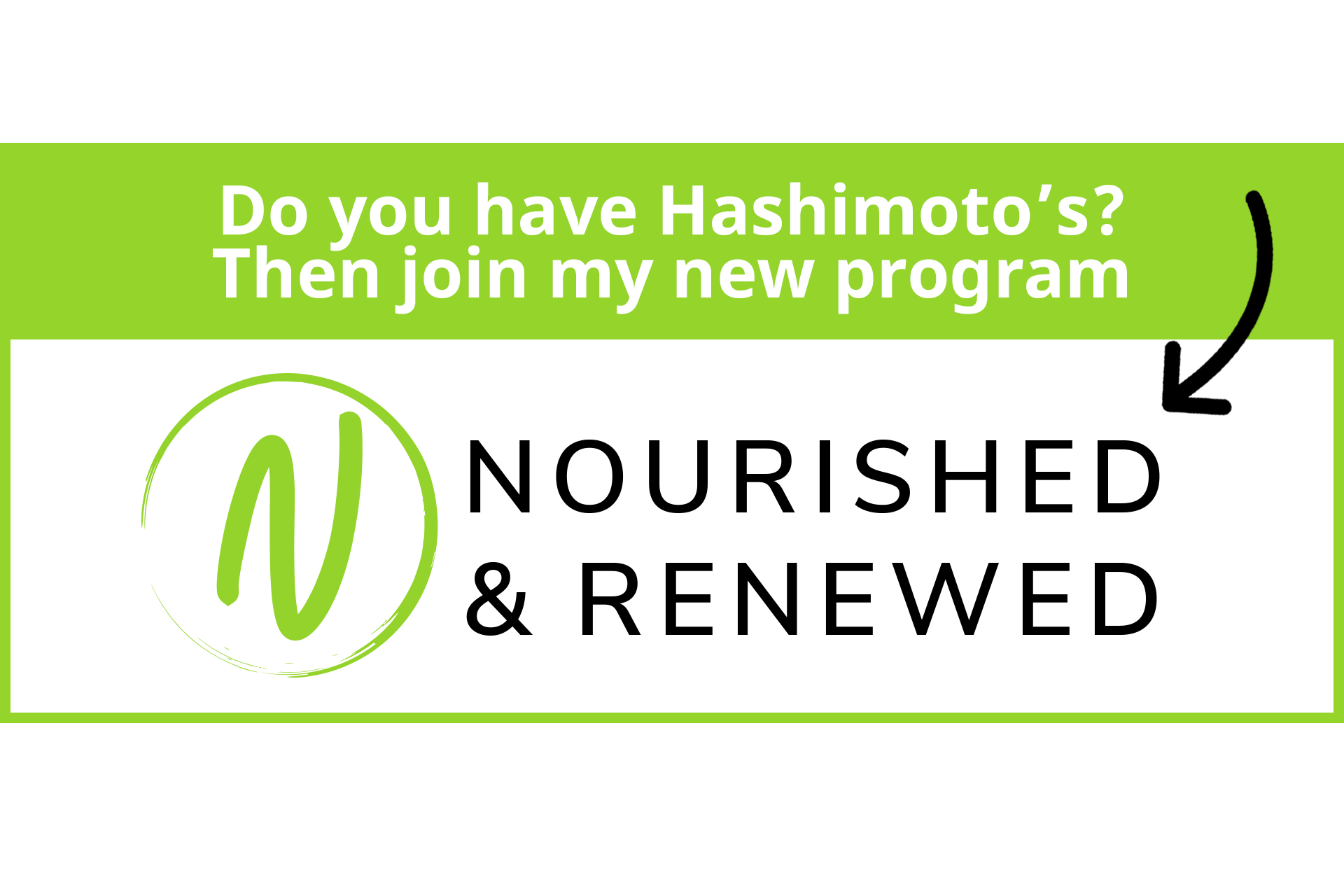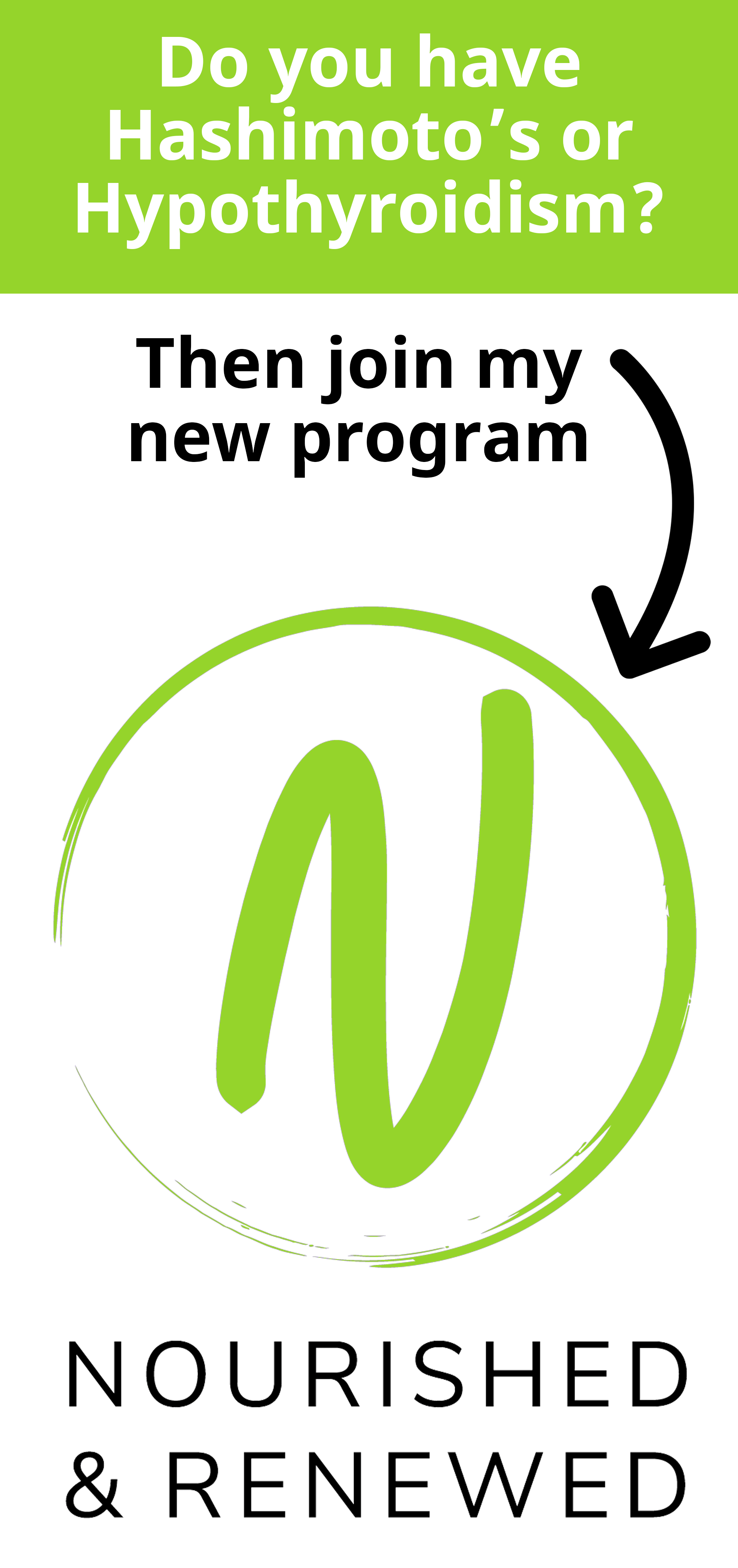Iron. When we think of iron, we conjure images of endurance races, Superman and strength in general. So it may come as no surprise that a lack of iron can make you feel weak, whether you are an adult or a child.
When your child is often tired and has slow growth, it can be alarming to consider that maybe he or she is deficient in iron. But, although it can be very common in kids, it doesn’t have to be a scary diagnosis.
Anemia is when the body lacks enough red blood cells to transport oxygen to tissue adequately.
The most common cause of this is a deficiency in iron. This can occur when there isn’t enough iron in the diet, the iron isn’t absorbed well, or from losing too much blood.
The occurrence of anemia in children is estimated to be between 6 and 18%, depending, not just on age, but unfortunately on family income as well. Income is a factor because diet is such an important part of getting iron.

Iron’s Role in the Body
Iron comes in two forms, heme and non-heme.
Heme comes only from animal-source foods, while non-heme comes from plant and animal sources.
We’ll get into specific foods later. Both forms must be converted to a form usable by the body.
Most of the iron in our bodies is used for hemoglobin and myoglobin.
Hemoglobin’s purpose is to carry oxygen from the lungs to tissue throughout the body via red blood cells. Myoglobin then allows oxygen to be stored in that tissue.
This means that iron is crucial for our bodies as well as our minds because our brains can’t function without that oxygen either.
As you can imagine, this is especially important in the developing brains of children.
Brains impacted by nutrient deficiencies may be more susceptible to developmental issues such as Attention-Deficit/Hyperactivity Disorder (ADHD) or Autism Spectrum Disorder.
There are times when we need iron at higher levels.
This can include during athletic performance, perhaps a marathon (or 10K, depending on your style) or just an intense workout.
Also, when we are healing from physical trauma (think bruising or post-surgery) or from blood loss from stomach ulcers (which are rare in children but can be caused by certain medications).
And finally, during menstrual flow, when a woman may lose blood for days at a time.
But for kids, who may run (or fling) themselves through life, who seem to be constantly moving, high levels of iron may be an everyday requirement.

Why Do Kids Get Anemia?
Beyond their need to move their little bodies so much, kids have a number of other reasons why they can be prone to iron deficiency anemia.
When babies are born, they have a certain amount of iron stored in their bodies already.
However, where those levels are from birth may depend on a number of factors including the mother’s iron levels.
This is because breast milk contains very little iron and the iron stores acquired during pregnancy are meant to last until solid foods are being consumed.
As solid foods are introduced and less breast milk is eaten, kiddos will get more iron from their food just in time for their neonatal stores to run low.
Other risk factors for kids include:
- Premature birth
- Low birth weight
- Exposure to lead at a young age
- Overweight or obese children
Furthermore, as kids go though growth spurts, their bodies may need more iron to make more red blood cells.

Foods That are Stopping Your Kids From Absorbing Iron
Many kids are given milk starting at a young age, which is often recommended by pediatricians for calcium intake, as well as to get them to sleep through the night.
But the negative side of this suggestion is that cow’s milk can interfere with the body’s ability to absorb iron.
Yes, you read that right - diets high in dairy products can lead to iron deficiency.
Another food component that prevents the absorption of iron is phytic acid, found in a number of foods.
We call phytic acid an “anti-nutrient.”
Why?
Phytic acid binds to certain nutrients, including iron, inhibiting their absorption.
Phytic acid-rich foods include many nuts, seeds, legumes (like beans) and some grains.
But soy contains some of the highest levels of phytic acid.
Soaking these foods can help get rid of a certain amount of phytic acid.
But in nearly all cases, prepared foods with these ingredients (think packaged, processed, preserved) are not soaked.
Furthermore, cooking does not have the same impact as soaking to remove phytic acid.

Signs of Anemia In A Kid
Clearly, every child is different (we call that “biochemically unique” in holistic nutrition!) and may exhibit different signs of iron deficiency.
But most of these anemia symptoms come from a lack of oxygen in the cells:
- Increased heart rate
- Breathlessness, or trouble catching a breath
- Lack of energy, or tiring easily
- Dizziness, or vertigo, especially when standing
- Headache
- Irritability
- Irregular, absent or delayed menstruation
- Sore or swollen tongue
- Jaundice, or yellowing of skin, eyes, and mouth
- Slow or delayed growth and development / failure to thrive
- Impaired healing
The term “failure to thrive” can feel like a scary thing - but it is often referring to the slow or delayed growth that occurs when kids may be suffering from a food intolerance - which can then lead to poor iron absorption. Malabsorption of iron can also be a common cause of failure to thrive.
Unfortunately, many parents are not told about this link and it is always wise to investigate food intolerances when iron deficiency is present.
How to Test for Iron Deficiency Anemia
The only way to know for sure if your kid is suffering from iron deficiency anemia, is to have them tested.
The most common test is a complete blood count (CBC), which looks at levels of hemoglobin, hematocrit (this considers how much of your blood is made up of red blood cells) and ferritin (an iron-containing protein). If these levels are normal, your child is not anemic.
The test also looks at color and size of blood cells.
Testing for anemia is common among some kiddos with the above symptoms and I have found most pediatricians and family practice doctors are willing to run this inexpensive and relatively easy test.
Yes, it does require a blood draw, and that can be nerve-wracking for kids and their parents.
But, it’s worth it if you need to find out your child’s iron levels and work to increase the numbers.

What Can Be Done About Your Child’s Anemia?
While I am a huge advocate for a “food first” approach (meaning looking to changes in diet should be the first thing to try), I definitely believe there are certain times when bigger steps like supplementation or even medication can help in the short- or long-term.
In this article, however, I am primarily promoting a dietary approach to resolve iron-deficiency anemia. Please consult with your baby’s doctor if more advanced measures are needed in your particular case.
The good news with iron deficiency anemia is that, because so much of our iron levels are dependent on our food, we can cause a major shift in blood iron levels simply with diet changes.
This is especially good news for children because it is also a very safe approach to improvement for them.
Promoting Iron Absorption
As I mentioned before, certain foods like cow’s milk and phytic-acid rich foods can inhibit iron absorption and should be consumed in moderation by kids. Other foods can actually help promote absorption.
Vitamin C is a nutrient that enhances iron absorption by capturing non-heme iron and helping to store it well in the body.
Vitamin C can be found in citrus fruits, kiwi, dark leafy greens like spinach, peppers and strawberries.

Iron-Containing Foods For Your Child
In addition to promoting absorption, you need to make sure your child is getting iron from iron-rich foods.
As I mentioned, iron can come from both animal and plant sources.
To get heme and non-heme iron, a varying diet of meats and vegetables is ideal.
(Of course we know that many kids are never going to eat what we think would be ideal for them!)
Great foods for iron include:
- Liver from a grass-fed animal like beef or pastured chicken
- Grass-fed red meat like beef steak, ground beef, bison, elk and lamb
- Pastured or organic chicken and turkey (“dark meat” poultry has higher levels of iron than the “white meat”)
- Wild-caught fatty fish such as salmon, halibut, mackerel, and cod
- The leafy greens mentioned above, like spinach, Swiss chard, beet greens, collard greens
- Cumin and turmeric are culinary spices shown to have high iron properties
- Lentils, garbanzo beans, lima beans, kidney beans and black beans
- Dried fruits like raisins and dried apricots or prunes also contain iron
- Blackstrap molasses is an incredibly high source of non-meat iron and can be used in baking, as a condiment for oatmeal and can even be added to sweeten a fruit and vegetable smoothie
Another way to get iron into the diet is to cook foods in cast-iron cookware.

Some of the iron is leeched into the foods, which sounds scary but is actually a safe and effective way to get iron and has been found to increase hemoglobin.
(Fun fact: the use of cast-iron cookware is one way many of our ancestors used specific cooking methods to help maintain their nutritional health - grandma knew best!)
Attacking Deficiency Early
Because babies run out of those iron stores at around 4-6 months of age, what solid foods you introduce to baby first can be crucial to preventing deficiency.
The baby food industry has latched on to this idea of iron-rich foods at a young age and have fortified foods to provide iron, placing iron even in foods that would not normally be a source of iron.
This is not ideal.
Babies (and all of us) should ideally get nutrients from the foods that they would naturally be found in.
This ensures that the form of that nutrient is the best form (as opposed to a synthetic form or one that isn’t a food source, as is often the case with calcium) and that it works synergistically with the other nutrients in the food.
For example, both iron and vitamin C are found in dark leafy greens.
This is not a coincidence.
We know that vitamin C supports iron absorption. When the two naturally co-exist, they can do their jobs better, just as nature meant them to.

Problem with rice cereal - an iron-fortified food for babies
One of the most popular iron-fortified foods is rice cereal for babies, which is recommended by many pediatricians.
These fortified rice cereals can be problematic however. For one, rice cereals have been found to be high in arsenic, particularly non-organic ones.
Furthermore, not all babies are equipped digestively to digest grains properly at such a young age.
Another aspect of rice cereal is that it does not take into account variety.
In the case of iron, babies should get both heme and non-heme forms, which they can get from a varied diet.
They will also learn from a young age that foods have different flavors, colors and textures. Rice cereal, obviously tastes and feels the same every time it’s eaten.
I often lead workshops and work with families around introducing solids and what foods to start with and when is a huge topic.
It can vary depending on the baby’s development but I usually recommend waiting until around 6 months to start introducing solids.
The best signs that a baby is to ready to start trying out solids are:
- they begin showing curiosity/interest in the foods you are eating and may track your fork with their eyes or open their mouths in imitation of you eating
- they can hold their head up and sit up unassisted
- they have begun to move past the tongue-thrust phase of pushing most things out of their mouths instinctively
- they are significantly more hungry and not satiated/satisfied enough on breast milk or formula alone
- they have started to play with a pincer-grip
- they have some teeth!
Introducing iron into your 6-month-old's diet
Six months is around that point when those iron stores start to get low and we want to start getting iron into the diet.
Many parents assume they need to start with fruits, or maybe sweeter vegetables like sweet potatoes.
Although these can be great, soft-cooked, and even a pureed high-quality liver is another wonderful first food.
Soft meats (like slow-cooked lamb) and low-mercury fish are other good options as well.
And don’t be scared to try including spices like turmeric and cumin, which can add flavor and color while also supplying iron.
The good news about breast milk is that while it doesn’t contain much iron, the iron that is present is a highly absorbable form (lactoferrin). This is helpful because as foods are first being introduced, babies consume very little of it.
At that point, it’s more about exploring food than eating it.
Foods are just supplementing breast milk (or formula) until later when those roles are reversed.

This is the recipe I fed my babies for their first iron-rich liver puree:
Ingredients
- 1/4 pound raw organic liver
- 1/4 cup bone broth
- 1-2 teaspoons organic butter
- Sea Salt
Directions
- Cut raw organic liver into chunks.
- Combine liver, broth and butter in a saucepan.
- Bring to a boil and reduce heat.
- Simmer for eight minutes.
- Pour into a blender (liver and liquid) with 1-2 teaspoons butter and a pinch of sea salt.
- Blend to desired consistency.
- Freeze the puree/pate in a freezer safe container or ice cube tray with a lid so you can take out individual servings throughout the week.
- Thaw a 1-2 ounce portion and serve at room temperature alongside small portions of pureed/soft-cooked fruits and veggies as well as raw foods like smashed avocado or banana
What About Supplementing Iron?
Depending on how anemic your child is, your physician may want you to consider supplementing while also amping up dietary levels. Before doing this, there are a few things to consider.
The most important thing is to know the right amount to give your child, as too much can cause digestive issues and put too much stress on the liver.
The recommended intake of iron is based on age and includes combined intake from food and supplements:
- 0-6 months: .27 mg
- 7-12: 11 mg
- 1-3 years: 7 mg
- 4-8 years: 10 mg
- 9-13 years: 8 mg
- 14-18 years: 15 mg (females), 11 mg (males)

To get a good idea of how much iron this actually is, look at some food examples: 1 cup of spinach contains 6.4 mg of iron and 100 g of chicken liver has 9 mg.
It’s hard to overdo it with iron from food but too much iron from supplementing can cause:
- Constipation (this can even occur from the correct amount when supplementing first starts)
- Diarrhea
- Stomachaches
- Nausea
- Black or discolored stool
Iron supplements usually contain ferrous sulphate, ferrous fumarate or ferrous gluconate.
These different forms contain different percentages of what is called elemental iron. This means that a 15 mg iron supplement might contain 5 mg of ferrous fumarate.
It’s very confusing because that same product could have a label claiming “15 mg” while another might say “5mg.”
It can be most simple to go for an iron supplement that is specifically for kids to make sure the dosage isn’t too high. But this is only in cases where you choose to supplement.
As I said, in most cases, getting iron from food is all that is needed.

The Strength of Iron & Additional Support For Your Kid
None of us want to see our children suffer. Although iron deficiency anemia is very common in kids, that can be little comfort when you see your children weak, tired or in pain.
The good news is that improving iron levels can be easy to do with small dietary changes. In extreme cases, supplementation may be necessary.
But usually by simply adding quality meats, dark leafy greens and other delicious and healthy foods, in addition to cutting back on dairy and soy, your kid may still have a chance to be the next Superman.
I am also here to help!
Book a free call with me to find out more about a customized nutrition program if this article only scratched the surface of what you may be dealing with in supporting your child’s health.
For parents struggling with the complexities of both dietary needs and medical advocacy issues in an effort to solve their child’s anemia, a one-on-one nutritional program is the best bet for ensuring the nutrient needs of your precious child are addressed fully.





